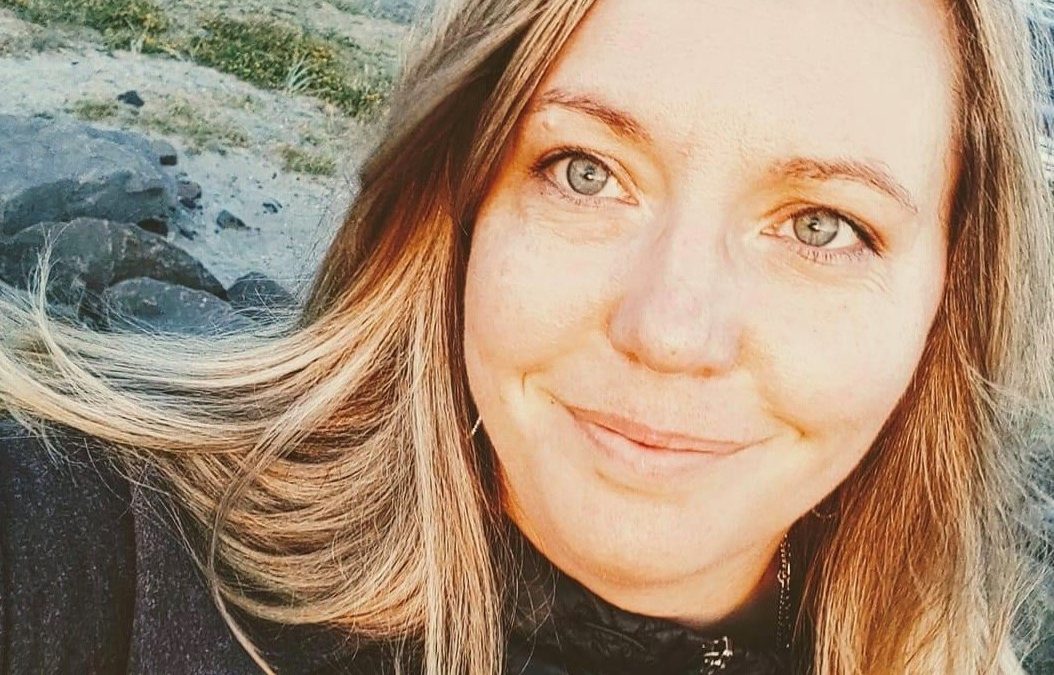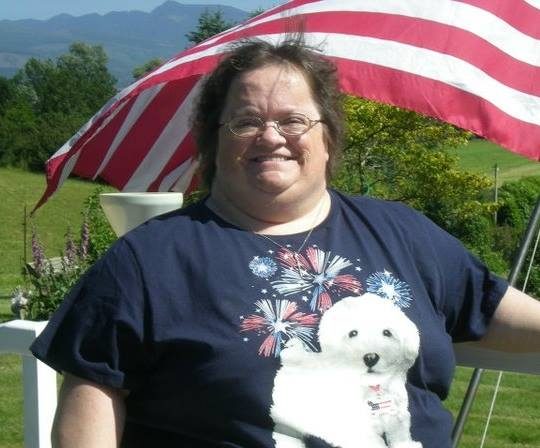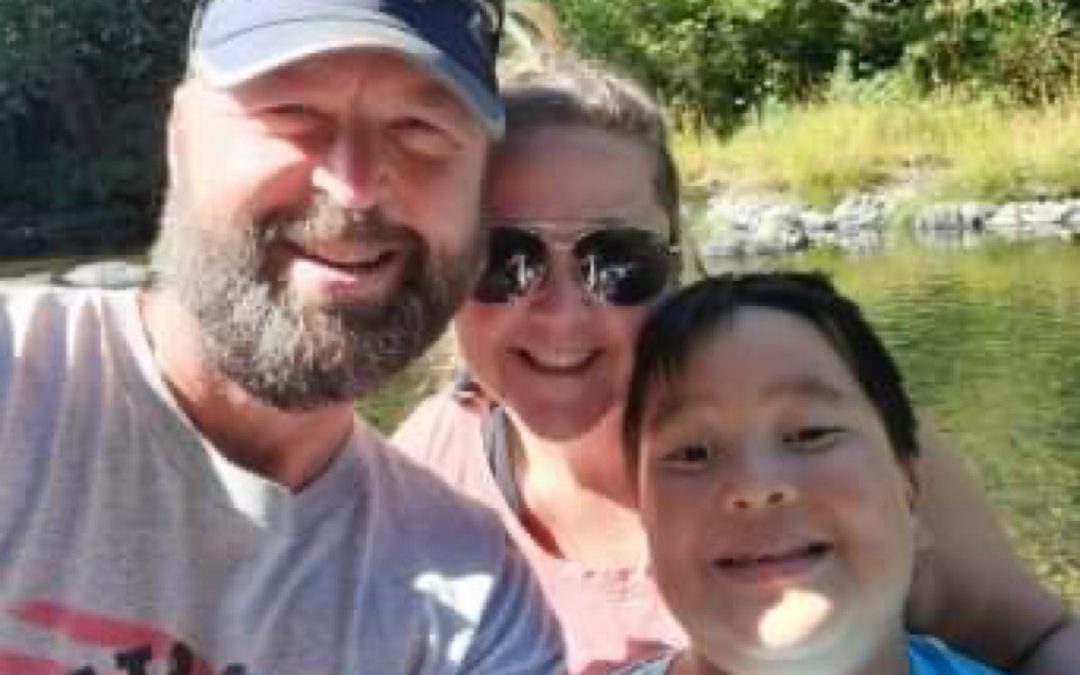We’ve been sharing ways to cope well during stressful and uncertain times. For the next few weeks, our Wellness Wednesday tributes go out to partner organizations who provide vital services to those struggling to cope. It’s important to reach out and get help even if a person doesn’t think they are “that bad off,” as we so often hear. Just like with other prevention measures, it is better to seek and get help early. This week’s shout out goes to Tillamook Family Counseling Center.
What are some of the more common issues for which people are seeking help right now?
Anxiety, depression, substance use, trauma history, and becoming overwhelmed by family demands.
What are some common warning signs for this condition?
Warning signs vary. Common warning signs include: struggles with decision making, limited problem solving skills, trouble managing relationships with others, substance use, challenges managing stress, and difficulty managing employment.
Are there statistics that show how common these challenges are?
There are many statistics that illustrate how common these challenges are. According the National Institute of Health 7.1% of adults have at least 1 depressive disorder in the United States. And, according to the National Institute of Health there is an estimated 19.1 percent of the United States population that have had an anxiety disorder in the past year.
What are some of the specific services Tillamook Family Counseling Center provides that help individuals with these concerns?
- Individual, family, and group counseling
- Medication management
- Peer support services
- Substance use disorder treatment
- Crisis services and support
- Developmental disabilities services and supports
- Parenting services and supports
For more details visit our website: https://tfcc.org/
What are some common outcomes for people who receive these services?
People gain the ability to manage anxiety in ways that are not harmful, improvement of depressed mood, improved quality of relationships, improved communication skills, and the improved ability to manage stress.
Are these services covered by insurance and/or do you offer a sliding scale for payment?
Yes, our organization is recognized by most insurance providers and we are part of the Columbia Pacific Coordinated Care Organization (CPCCO). Columbia Pacific Coordinated Care Organization is the entity that manages health benefits for the Oregon Health Plan. Our organization also has a sliding scale fee system available for individuals without health insurance.
How has COVID-19 impacted services?
The Tillamook Family Counseling Center is continuing to offer services during the pandemic. Most of the visits are being done remotely through telehealth or by phone. In-office services are very limited at this time and primarily targeting individuals with very challenging behavioral health issues. Crisis services are available 24/7 and can be accessed by phone and mobile response.
We’ve been sharing ways to cope well during stressful and uncertain times. For the next few weeks, our Wellness Wednesday tributes go out to partner organizations who provide vital services to those struggling to cope. It’s important to reach out and get help even if a person doesn’t think they are “that bad off,” as we so often hear. Just like with other prevention measures, it is better to seek and get help early. This week’s shout out goes to Tillamook Family Counseling Center. Click on the link below to learn more. (Italics will only appear in the social post teaser)
What are some of the more common issues for which people are seeking help right now?
Anxiety, depression, substance use, trauma history, and becoming overwhelmed by family demands.
What are some common warning signs for this condition?
Warning signs vary. Common warning signs include: struggles with decision making, limited problem solving skills, trouble managing relationships with others, substance use, challenges managing stress, and difficulty managing employment.
Are there statistics that show how common these challenges are?
There are many statistics that illustrate how common these challenges are. According the National Institute of Health 7.1% of adults have at least 1 depressive disorder in the United States. And, according to the National Institute of Health there is an estimated 19.1 percent of the United States population that have had an anxiety disorder in the past year.
What are some of the specific services Tillamook Family Counseling Center provides that help individuals with these concerns?
- Individual, family, and group counseling
- Medication management
- Peer support services
- Substance use disorder treatment
- Crisis services and support
- Developmental disabilities services and supports
- Parenting services and supports
For more details visit our website: https://tfcc.org/
What are some common outcomes for people who receive these services?
People gain the ability to manage anxiety in ways that are not harmful, improvement of depressed mood, improved quality of relationships, improved communication skills, and the improved ability to manage stress.
Are these services covered by insurance and/or do you offer a sliding scale for payment?
Yes, our organization is recognized by most insurance providers and we are part of the Columbia Pacific Coordinated Care Organization (CPCCO). Columbia Pacific Coordinated Care Organization is the entity that manages health benefits for the Oregon Health Plan. Our organization also has a sliding scale fee system available for individuals without health insurance.
How has COVID-19 impacted services?
The Tillamook Family Counseling Center is continuing to offer services during the pandemic. Most of the visits are being done remotely through telehealth or by phone. In-office services are very limited at this time and primarily targeting individuals with very challenging behavioral health issues. Crisis services are available 24/7 and can be accessed by phone and mobile response.
If you are interested in services provided by Tillamook Family Counseling Center call (503)842-8201 or (800)962-2851.






